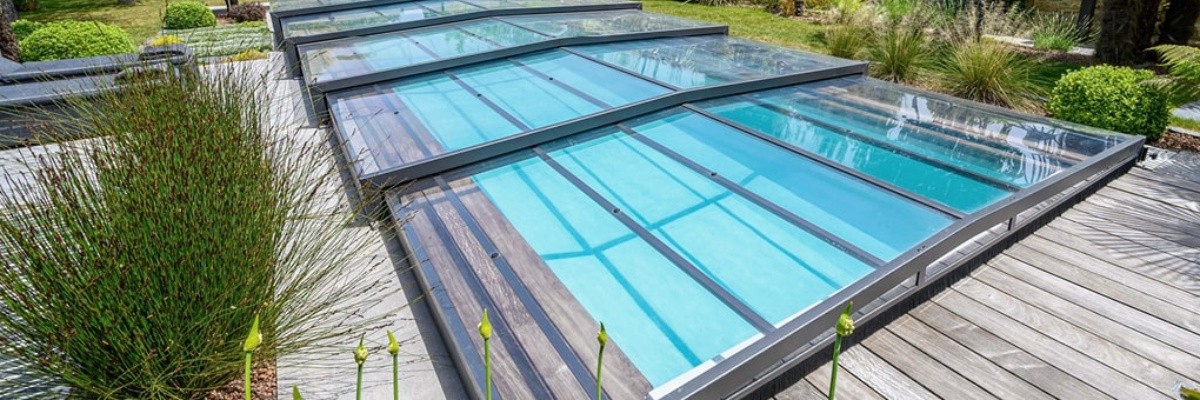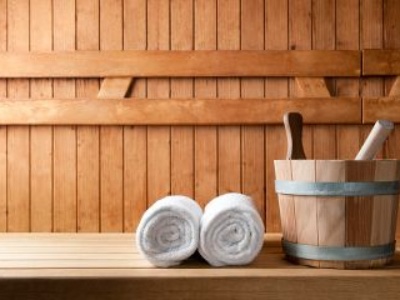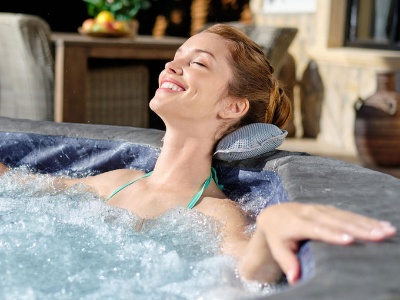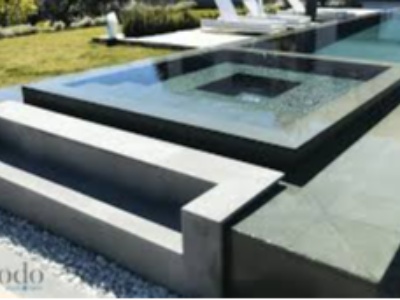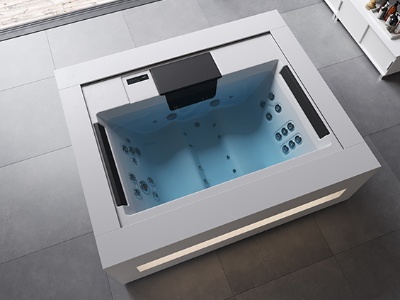
The pool enclosure is a solution that is attracting more and more owners. It not only protects the pool from dirt and bad weather, but also makes access to the water safer and extends the swimming season. However, the installation of a pool enclosure must comply with strict standards, in particular the NF P90-309 standard, to guarantee optimal safety and comply with the law.
Why install a pool enclosure?
A pool enclosure offers several major advantages:1. Increased safety: A closed enclosure prevents accidental access to the pool and reduces the risk of drowning, especially for young children.
2. Protection against impurities: By limiting the entry of leaves, insects and dust, it facilitates pool maintenance and reduces the consumption of chemicals.
3. Heat retention: Thanks to the greenhouse effect, the shelter naturally increases the water temperature and extends the swimming season without the need for additional heating.
4. Reduction of evaporation: By covering the pool, it limits water evaporation and contributes to a more economical and ecological management of the pool.
The different types of pool enclosures
There are several models of pool enclosures, each offering specific characteristics in terms of design, practicality and cost.1. The low enclosure
Discreet and attractive, the low enclosure is placed just above the surface of the water. It retains heat and protects the pool while taking up little space. It is generally sliding or liftable to facilitate access to the water.Advantages:
- Naturally heats the water.
- Easy to handle.
- Space-saving.
Disadvantages:
- Impossible to swim under the shelter.
- Less protection against the cold in winter.
2. The mid-height enclosure
A compromise between a low and a high enclosure, it offers sufficient space to move around the pool without being too imposing. It allows partial swimming under the enclosure when it is closed.Advantages:
- Effectively protects the pool.
- Allows occasional swimming even when closed.
- Better value for money.
Disadvantages:
- Less space than a high enclosure.
3. High enclosure
A true extension of the house, the high enclosure transforms the pool into a covered space that can be used all year round. It offers a large volume allowing you to move freely around the pool.Advantages:
- Allows you to swim even in winter.
- Creates a living space around the pool.
- Optimal protection against the elements.
Disadvantages:
- High cost.
- More complex installation requiring a building permit.
4. Telescopic enclosure
Flexible and practical, the telescopic enclosure can be fully or partially retracted to adapt to the needs of the moment. It can be motorised for even easier handling.Advantages:
- Modular according to weather conditions.
- Elegant and modern design.
- Adapts to all pool sizes.
Disadvantages:
- Requires sufficient storage space to fold the modules.
Criteria to consider before installation
Before installing a pool enclosure, it is essential to consider several factors:1. Local regulations: A building permit is required for enclosures over 1.80 metres high. A prior declaration of works may be necessary depending on the municipality. 2. Weather resistance: The enclosure must be made of sturdy materials capable of withstanding wind, snow and humidity. 3. Ventilation: A good ventilation system is essential to prevent condensation and ensure good air quality under the enclosure. Opening method: Depending on the desired use, it is possible to opt for a fixed, sliding or motorised enclosure.
Maintenance and durability of the enclosure
A pool enclosure requires regular maintenance to guarantee its longevity:- Regularly clean the polycarbonate or glass panes to prevent limescale and dirt deposits.
- Check the rails and fixings to ensure that the sliding systems are working properly.
- Apply an anti-corrosion treatment to the metal structures if necessary.
Legal obligations and the NF P90-309 standard
A pool enclosure must meet the requirements of the NF P90-309 standard to be considered a legally compliant safety device. This standard requires:- A structure that is sufficiently robust to prevent the intrusion of a child under the age of five.
- A secure locking system that cannot be manipulated by a child.
- Resistance to impact and extreme weather conditions.

